In 1973, the AARON system designed by Harold Cohen created the first AI-generated piece of art. The black-and-white scribblings were far from what’s considered fine art, but they laid the foundation for some of the best AI image generators like DALLE-2 and Midjourney.
Over the last 50 years, AI image generators have gotten much smarter. By analyzing and learning from large datasets of existing images, they can now create stunning artwork, surreal portraits, and edgy fashion designs, all based on natural-natural language prompts.
In today’s article, we take a look at the best AI image generators you should try in 2023, complete with pricing, top features, and key differences. Let’s dive in! 👨🎨
Table of Contents
🎨 The Best 7 Image Generators of 2023
DALL-E 2
DALL-E 2 is a neural network-based generative model developed by OpenAI. It can create realistic images based on natural-language instructions, modify images uploaded by users, and even add new elements to an existing composition.
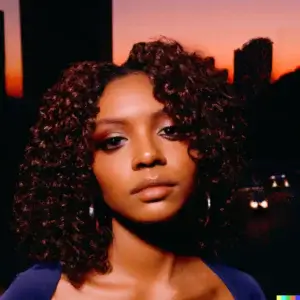
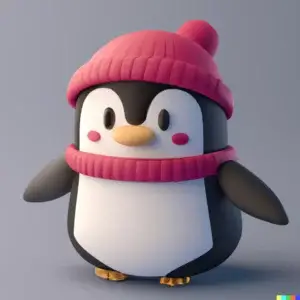
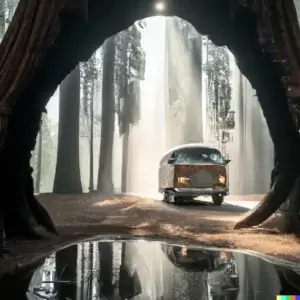
DALL-E 2 artwork. Image credit: OpenAI
Similar to other tools from OpenAI, the model comes with a number of safeguards against misuse. For instance, you won’t be able to generate images that contain violence, hate, or faces of real people. That means no images of your boss with a unibrow (sorry not sorry).
To try DALL-E 2, you need to create a free account on OpenAI’s website.
Price: 15 free credits (1 per generation) refilled each month. Additional credits start at $15.
Midjourney
At a glance, Midjourney and DALL-E 2 look like equal contenders. Both are excellent at interpreting user prompts, and both can generate stunning art in a variety of styles.
But the devil is in the details. Images created by Midjourney have a much higher resolution compared to DALL-E 2 (2048×1280px vs. 1024×1024). Midjourney is also a better choice if you’re looking for more intricate and artistic visuals.
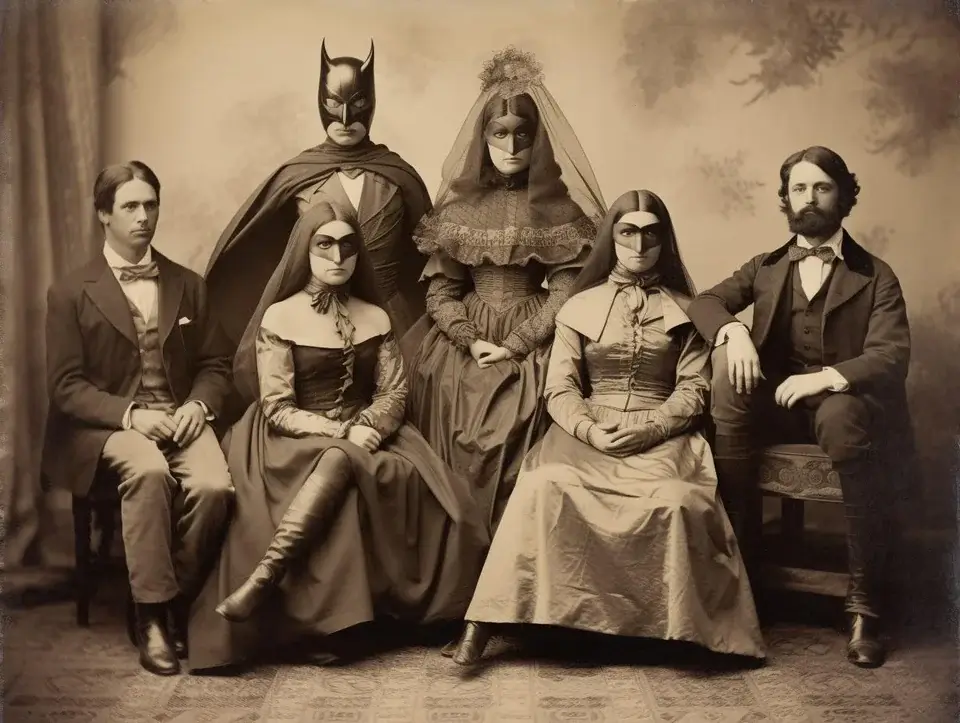
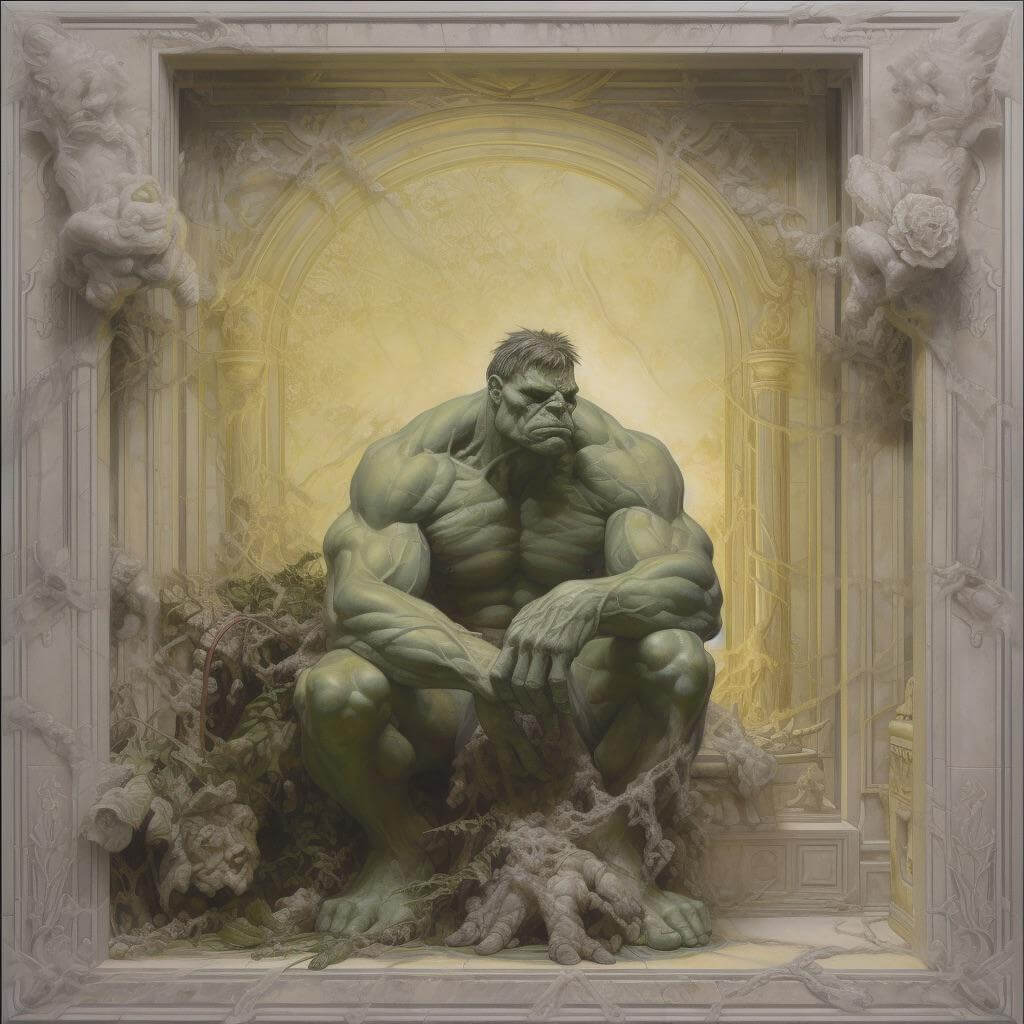
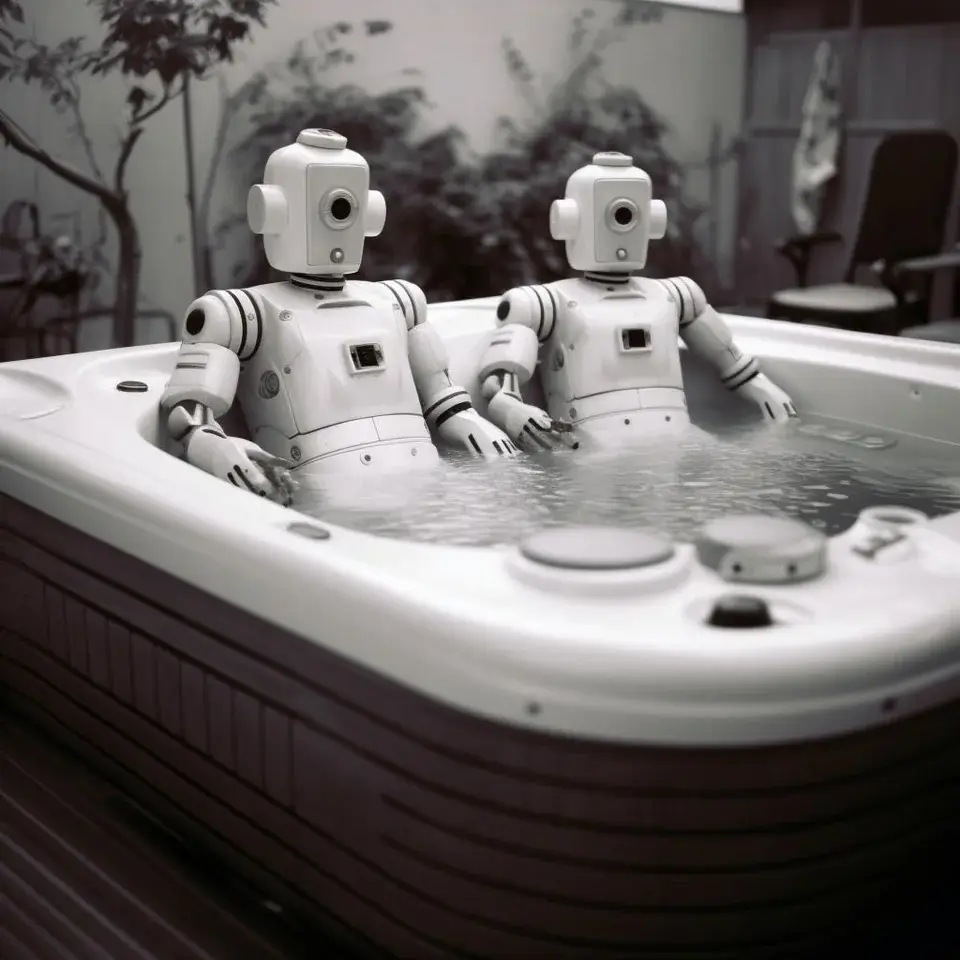
Midjourney artwork. Image credit: r/midjourney/
The use cases are what you’d expect. Midjourney can generate art pieces, branding materials, packaging designs, textures and backgrounds, or even illustrations for children’s books.
The number of generations for free users is limited to 200 per month, but you can buy more credits or upgrade to a higher pricing plan if you’re a power user.
Price: Midjourney is only available as a paid service starting at $10/month for a basic plan.
Deep Dream
A brainchild of a Google engineer Alexander Mordvintsev, Deep Dream is an experimental computer vision program that uses a technique called convolutional neural networks (CNNs) to recognize and “exaggerate” patterns in digital images.
Deep Dream lets you transform an ordinary image into a psychedelic and mind-bending piece of art that would make Bosch and Dali proud. Just like this one. 👇
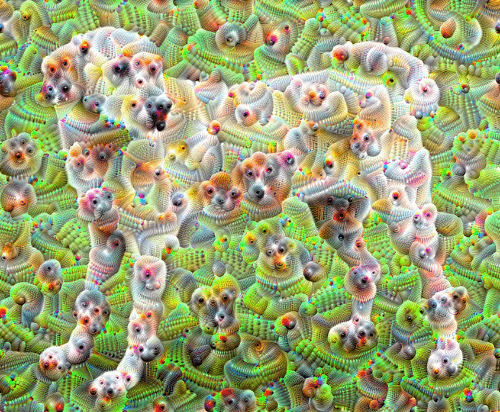
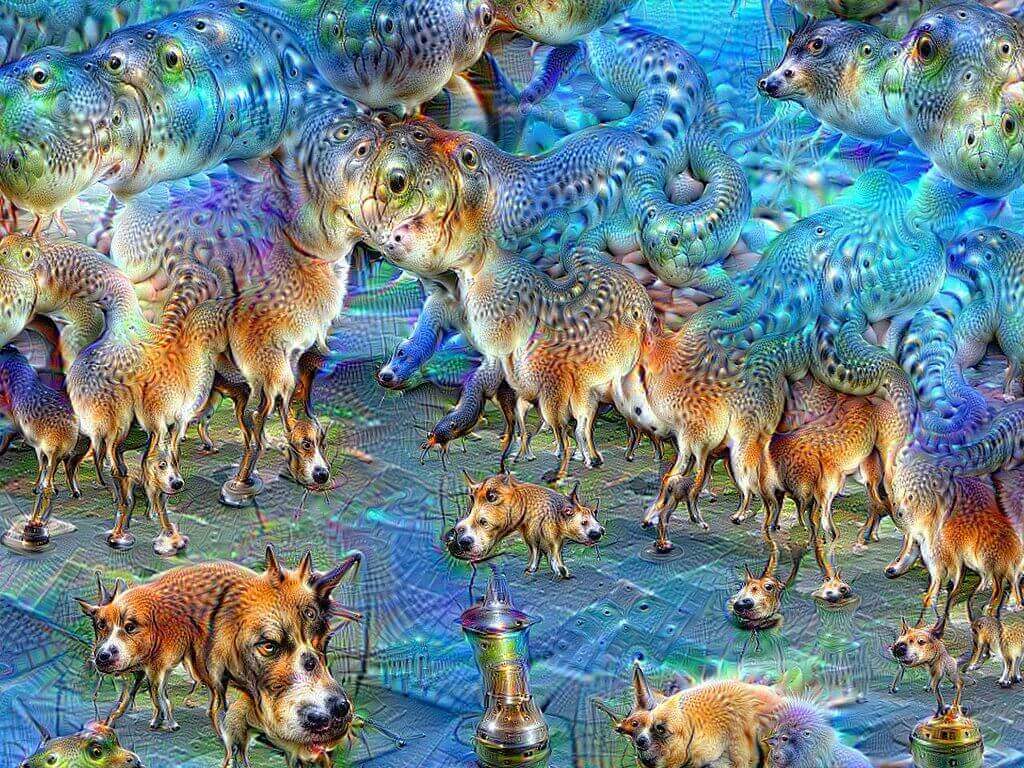
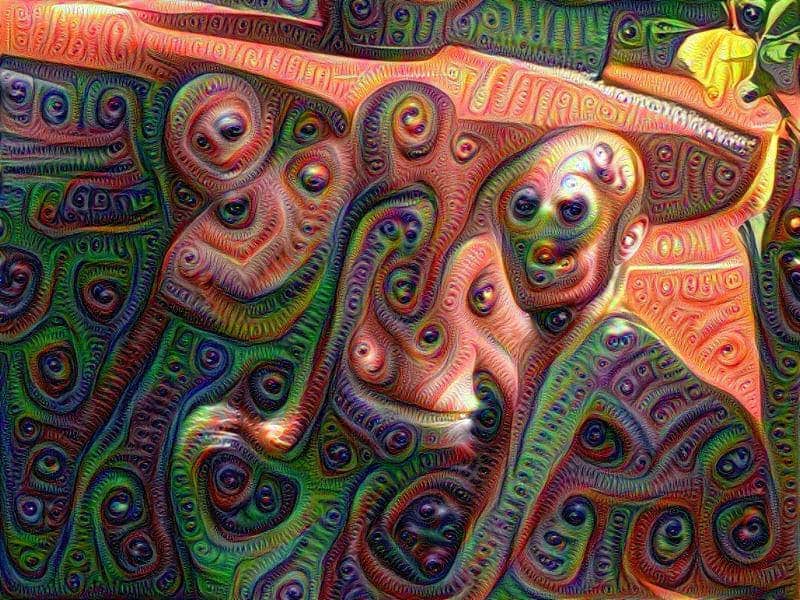
Deep Dream artwork. Image credit: TensorFlow
If you want to put Deep Dream to a test, you can access it using online tools like Deep Dream Generator or programming libraries like TensorFlow and Keras.
Price: Free
Starry AI
Starry AI (stylized as “starryai,”) is powered by a combination of two advanced AI models — VQGAN-CLIP and CLIP-Guided Diffusion. The VQGAN-CLIP model is responsible for generating images, while the CLIP-Guided Diffusion model verifies if the output matches user prompts.
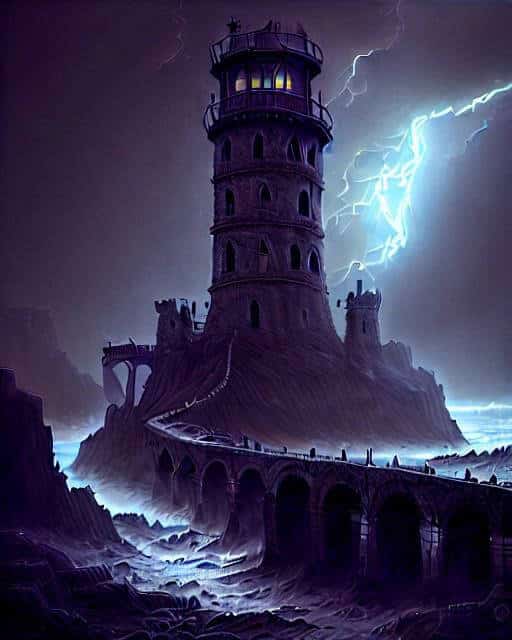
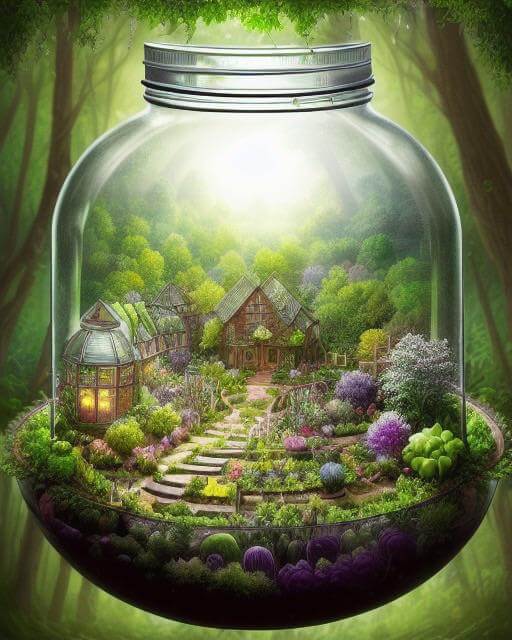
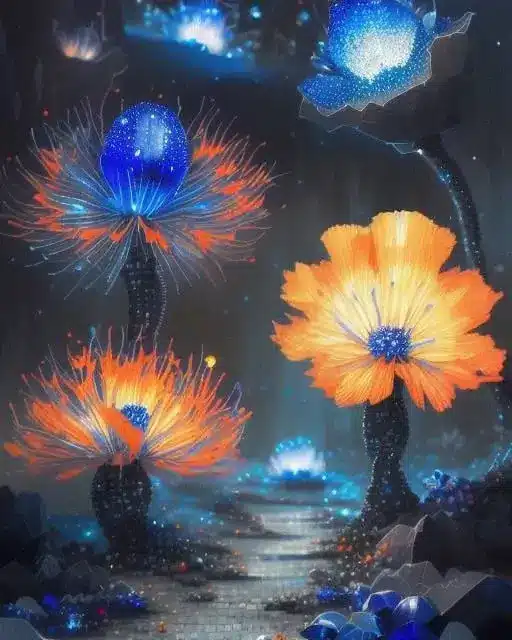
Starry AI artwork. Image credit: r/starryai
Unlike the majority of the tools on our list, Starry AI is also available as a mobile app on top of its web interface. The app also lets you upload your own images, which is a nice touch.
Price: The free plan is limited to 5 images/day. You can buy more credits starting at $15.99.
Stable Diffusion
Stable Diffusion is an open-source text-to-image AI image generator that has been trained on a publicly available LAION-5B database containing 5 billion image-text pairs.
The model can generate new images and modify existing visuals by inpainting (adding new elements) and outpainting (expanding picture borders). The two techniques can be used for image restoration or incorporating creative elements that were not present in the original.
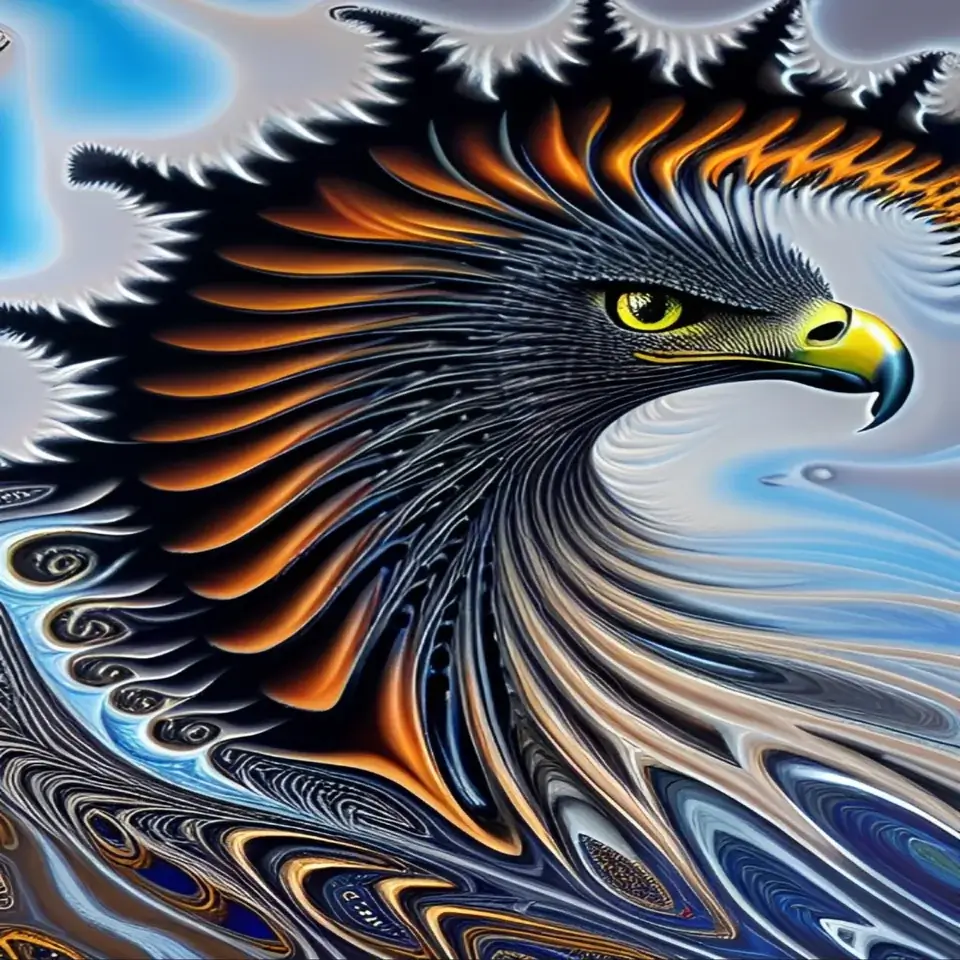
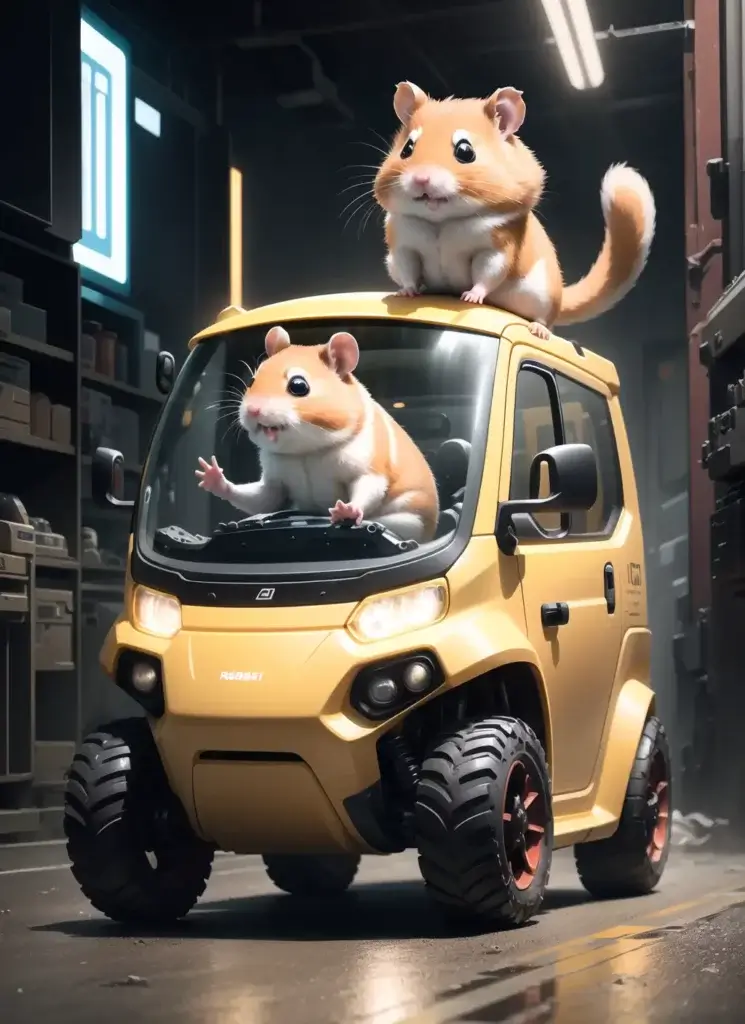
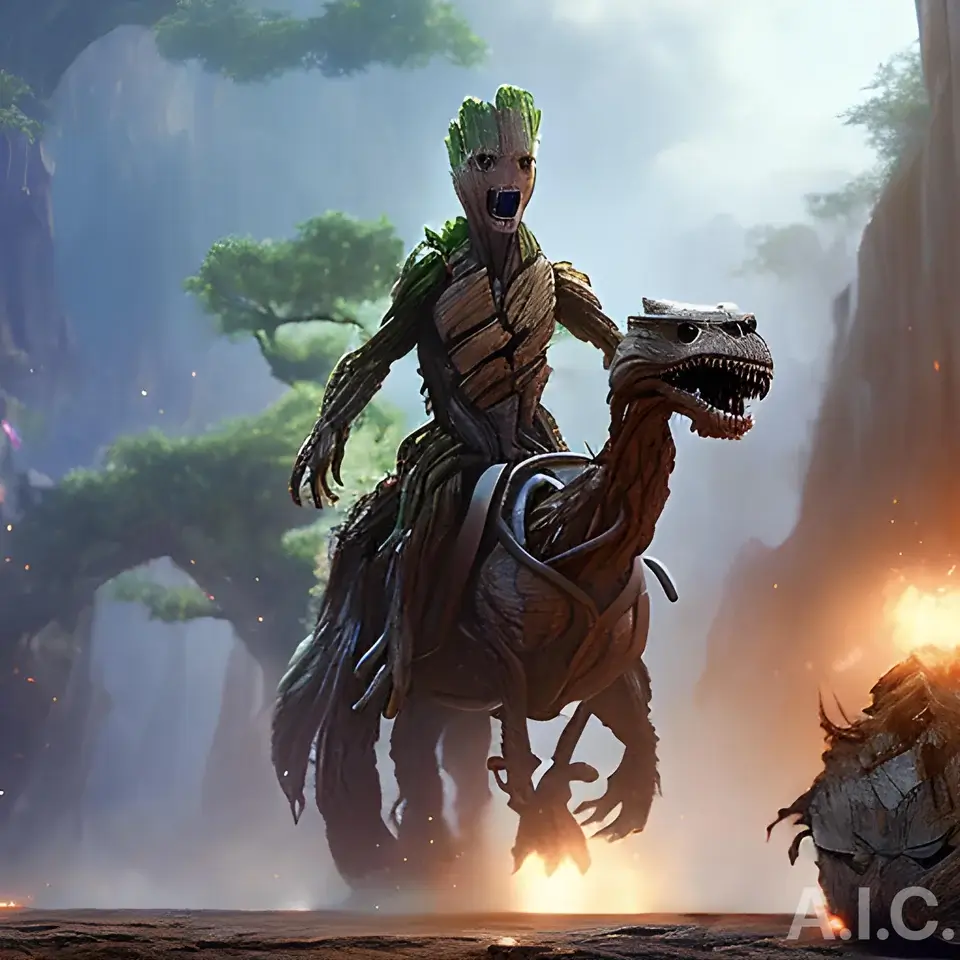
Stable Diffusion artwork. Image credit: r/StableDiffusion
A large part of the database used to train Stable Diffusion comes from image aggregators like Pinterest and Flickr, which makes it a great tool for creating photo-realistic images.
The source code of Stable Diffusion is available in the public domain. That means you can access it through many online services for free or run the model on your own device.
Price: Pricing plans start from 9$ and give you access to 100+ AI APIs and models.
Dream by Wombo
Dream is an AI image generator created by a Canadian company Wombo. The app was developed back in 2021 when AI images were just beginning to make waves on social media.
On top of using regular natural-language prompts, Wombo lets users choose from predefined art styles and prompts, which can be helpful for people new to AI prompting.
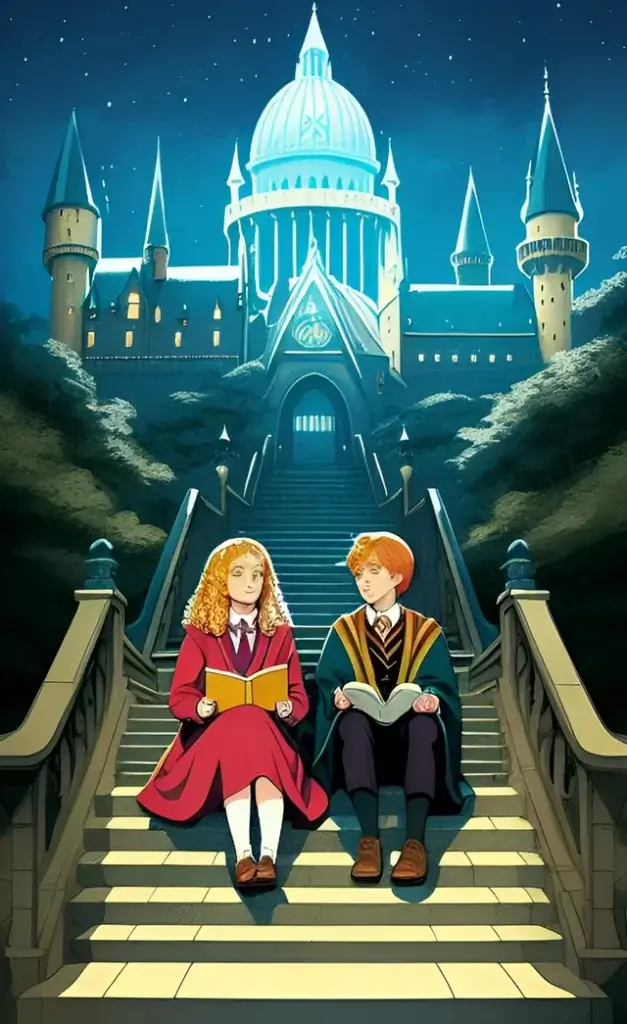
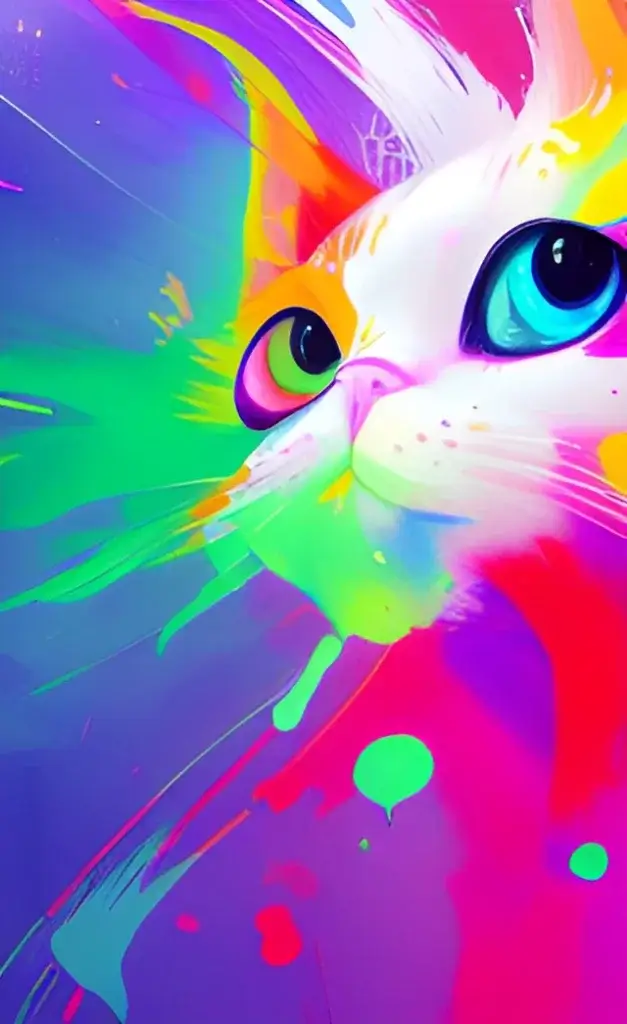
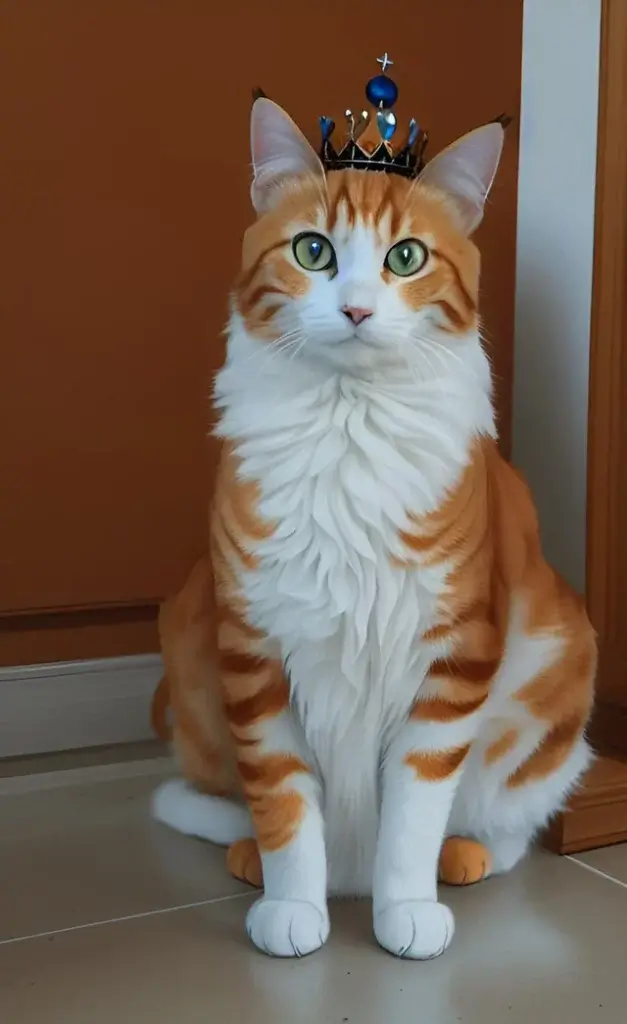
Dream artwork. Image credit: r/Wombodream
The app is only available for mobile devices (iOS and Android).
Price: The premium plan starts at $9.99 per month. There’s also a paid business API (beta).
NightCafe
Named after a famous Van Gogh painting, NightCafe features several popular image generation models including Stable Diffusion, DALL-E 2, and Neural Style Transfer.
The interesting part of NightCafe is that it comes with a community aspect that encourages users to collaborate and have fun. There are also some exclusive features not found in other image generators like multiple prompts, bulk creation, and custom seeds.
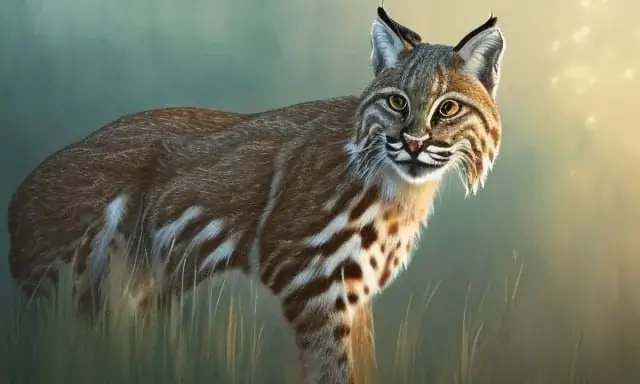
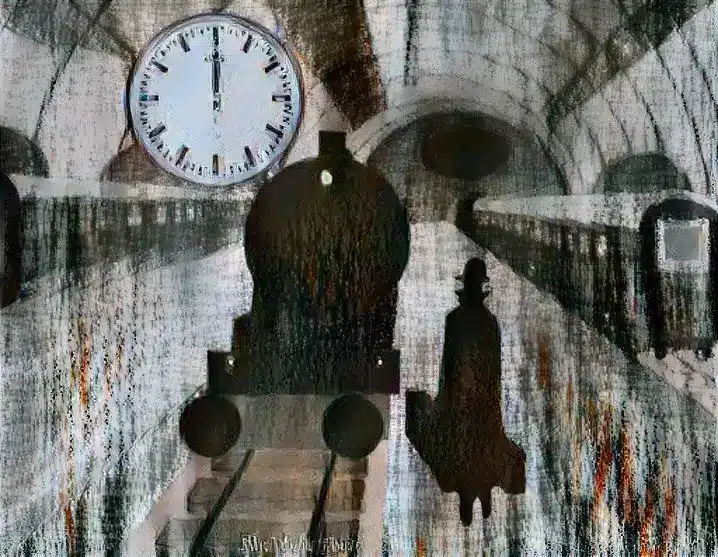
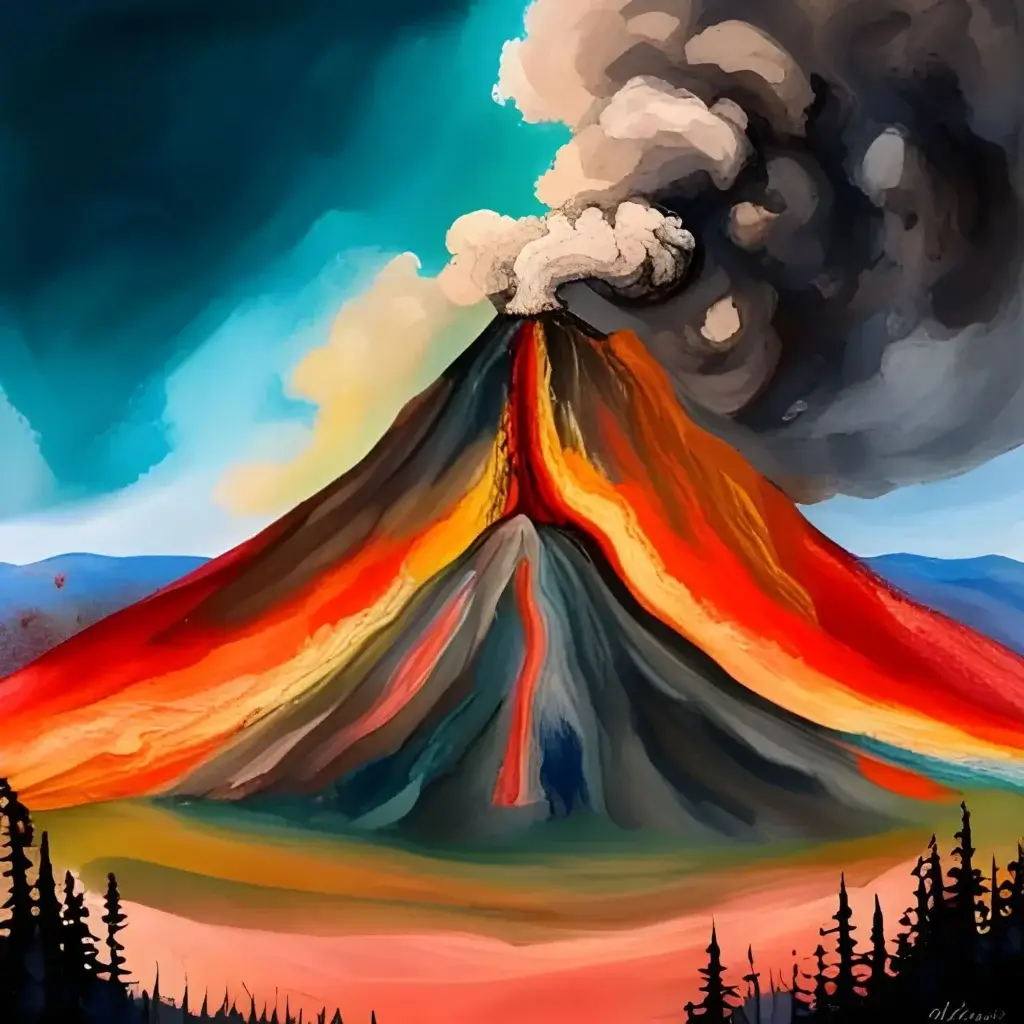
NightCafe artwork. Image credit: r/nightcafe
On top of its web interface, the app is also available for free on Android and iOS, but the basic version is somewhat limited. You need to buy credits to unlock more advanced features.
Price: Free (with limitations). You can buy additional credits starting at $5.99/month.
🤹♂️ Interesting Use Cases of Image Generators
Can you imagine the Harry Potter cast rocking Balenciaga’s high-fashion garments? Flowing robes and dramatic silhouettes with a touch of avant-garde could create a mesmerizing blend.
Well, you don’t have to, because AI image generators can do that for you. Here are a few examples of AI taking over the fashion, marketing, and entertainment industries.
Advertising
In 2018, Prada launched a collaboration with the AI-generated meta influencer Lil Miquela to promote their Fall collection. Other major fashion brands like Levi’s and Calvin Klein are following suit, with some reportedly replacing real models with digital counterparts.
Digital Art
AI-generated art has been showcased in fine art galleries and museums, with several pieces fetching high prices at auctions. One of the best-known examples is the “Portrait of Edmond de Belamy,” sold at the British auction house Christie’s in 2018 for $432,500.
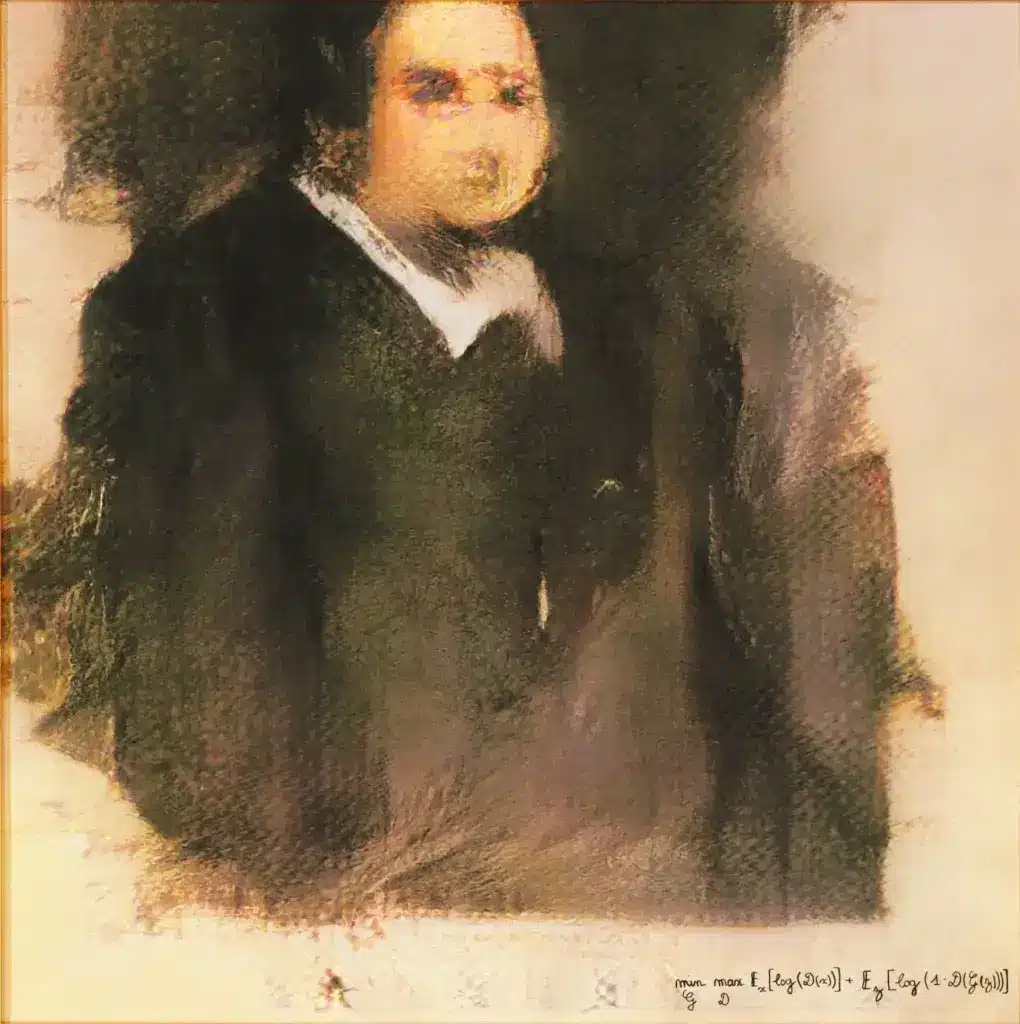
Image credit: Wikipedia
Game Development
In 2018, Nvidia showed the first game demo using AI-generated assets. Engineers used existing AI models and an open-source tool pix2pix to create a simple driving simulator. AI predicted what objects would look like in real life and generated textures in real-time.
🧐 Challenges and Limitations of Image Generators
Ethical Considerations
Last month, over a thousand business leaders and researchers signed an open letter advocating a pause on AI experiments for 6 months. The reason? The AI landscape has become a legislative and ethical nightmare nobody really knows how to regulate.
Earlier this year, three artists whose works were used in Midjourney’s training data filed a lawsuit against Stability AI, Midjourney, and DeviantArt for DMCA violations. The case against Midjourney is just one of many lawsuits filed against AI developers in recent months.
While AI technology is impressive, the industry still hasn’t found a sensible answer to the most pressing question: “Who owns the intellectual property rights to AI-generated content?”
Potential Misuse
Deep fakes, adult content, creating fake identities, impersonation, spreading misinformation, privacy violations — the list of potential dangers of AI-generated content is long.
After the earthquake that struck Turkey and Syria in February 2023, online scammers took to social media platforms armed with fake images of the devastation and asked for money. Many of the accounts had managed to collect donations before they were shut down.
So, can spot what’s real and what’s not anymore?
In 2021, a group of researchers at the University of Buffalo tried to answer this question. They created a tool that could recognize deep fakes by analyzing the differences in light reflections in the subject’s eyes. The tool proved 94% effective with portrait-like photos.
👋 Parting Words
Despite their contentious nature, AI image generators are a powerful asset you should include in your digital toolbox. Whether you’re looking for a fully editable replacement to stock images or need marketing assets to build your brand, the tools from our list will bring all your ideas to life.
💡 Before you go… Ready to tap into the power of AI? Try Taskade! 🐑
Taskade is a powerful note-taking and task-management tool that will help you keep all your projects on track. You can now use Taskade’s AI tools powered by the GPT-3.5 language model to take better notes, manage all your to-dos, and structure your work in seconds.
Want to learn more? Watch this short video intro and create a free Taskade account today! 👈
💬 Frequently Asked Questions About AI Image Generators (FAQ)
There are many free AI image generators available, but the “best” one depends on your specific needs and preferences. Some popular options include DALL-E 2, MidJourney, and Stable Diffusion.
You can get AI generated images from various online platforms hosting AI-generated content like OpenArt or Shutterstock. Official websites of tools like Midjourney and Night Cafe also feature galleries of images generated by their users.
Yes, you can create a free account on OpenAI’s website to gain access to DALL-E 2. After signing up, you will receive 15 free credits—one credit allows you to submit one prompt. Free credits are refilled each month, and you can buy more starting at $15.
Every DALL-E 2 user receives 15 free credits on registration. Every time you submit a prompt and DALL-E generates a set of images, you’re charged one credit. You can buy more credits starting at $15 for 115 credits or wait for a monthly refill.
Most AI image generators offer free plans with limited generations. That includes DALL-E 2, Midjourney, Stable Diffusion, and Deep Dream, just to name a few.
It’s difficult to point to a winner in the category since each tool offers a unique approach to image generation. Midjourney, DALL-E 2, and Stable Diffusion are arguably the most popular popular out there, with all three showing similar results.
After the recent V5 update, Midjourney seems to be gaining an advantage over its major rivals, DALL-E 2 and Stable Diffusion. However, the AI landscape is changing rapidly and we may soon see new contenders in the category.
You can use popular AI image tools like DALL-E 2, Midjourney, or Stable Diffusion to generate free images. Keep in the genereated content may be subject to copyrights
Midjourney and Stable Diffusion are both AI image generators, each based on different models and techniques. You may want to try out both generators and compare their results based on your specific use case. This could involve evaluating factors such as the visual quality of the generated images, the amount of control you have over the generated images, and the ease of use of each generator.
There are several free AI photo enhancers available online that offer a range of features. Autoenhance.ai and Hotpot Tools provide advanced tools like sky replacement, perspective correction, and AI art maker, picture colorizer, restorer, background remover, and object remover, while LunaPic, Pixlr, Google Photos, iPiccy, YouCam Enhance, and BeFunky offer basic features like adding filters and effects, resizing images, fixing lighting and contrast, and adding captions or creating collages.


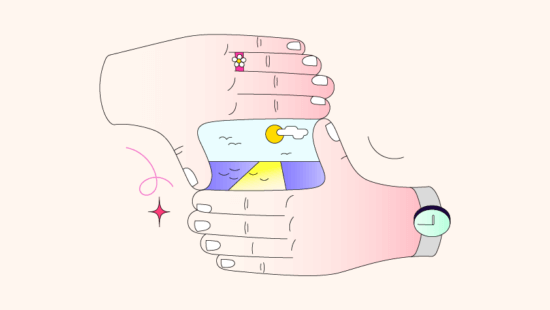 How AI Can Help You To Build A Second Brain: Revolutionizing Knowledge Management
How AI Can Help You To Build A Second Brain: Revolutionizing Knowledge Management 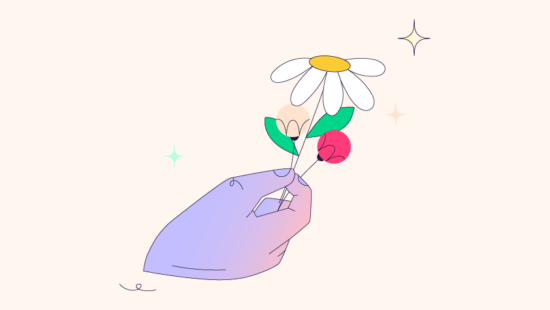 Bridging Linguistic Barriers: Using AI to Translate and Interpret Content Across Languages
Bridging Linguistic Barriers: Using AI to Translate and Interpret Content Across Languages 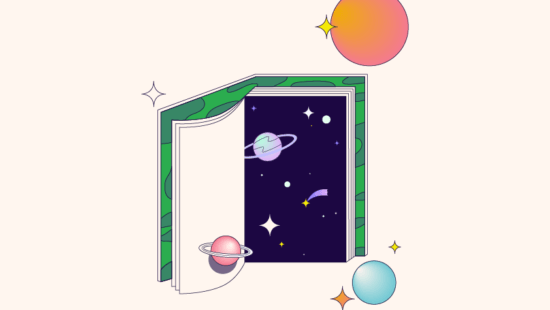 AI and Mind Mapping: Transforming Ideas Into Actionable Plans
AI and Mind Mapping: Transforming Ideas Into Actionable Plans 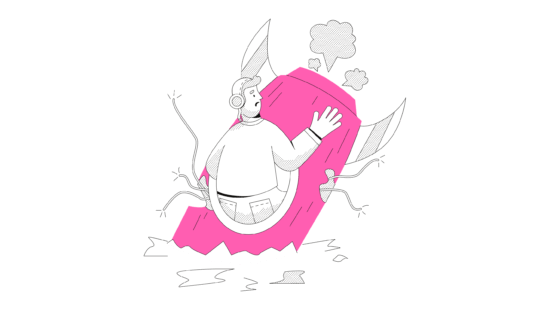 Unleashing the Future of AI in Programming: How Next-Gen AI Transforms Software Development
Unleashing the Future of AI in Programming: How Next-Gen AI Transforms Software Development 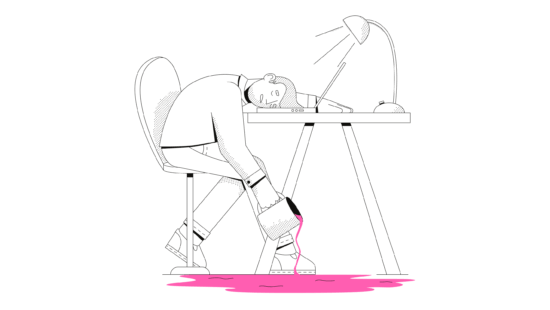 Rising Popularity of the 4-Day Workweek: Benefits, Implementation and Future
Rising Popularity of the 4-Day Workweek: Benefits, Implementation and Future 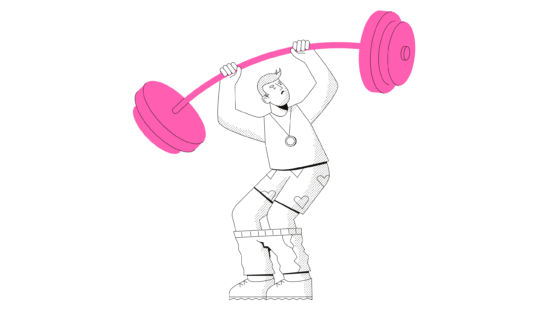 Get More Done with the PARA Method: A Productivity Framework for Organizing Your Life
Get More Done with the PARA Method: A Productivity Framework for Organizing Your Life